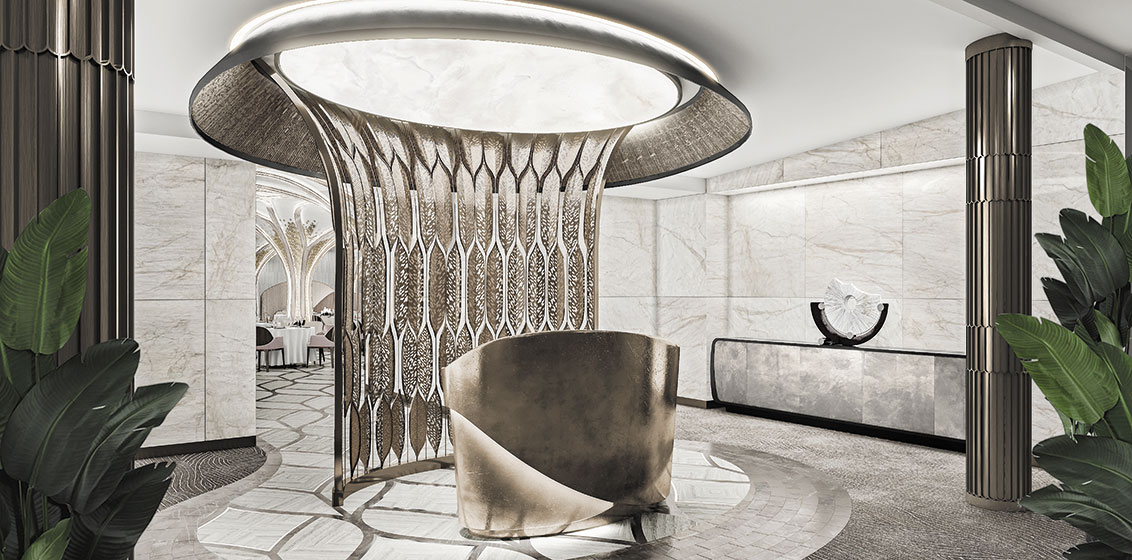For cruise traditionalists the three “must do” voyages are an Atlantic crossing and the two great canals – the Suez and Panama. I’m determined to savour every minute of the Panama Canal. But there’s a timelessness in an inside cabin so my alarm bleats in the dark. I turn on the TV and the bow cam shows we are approaching the entrance of the Panama Canal and it’s bright daylight outside. That certainly galvanizes me into action and a few minutes later I’m dressed and on the bow with a few hundred others. Looking up I see similar crowds on the open spaces facing forward on the upper decks.
A passage through the Panama Canal comes with an unexpected bonus. Our local pilot has good English and a love of the microphone. So we learn lots about the canal throughout the day.
The first, Gatun Locks are the most spectacular. It’s a set of three linked together that raises our 90,000 tons 26 metres in remarkably little time. I see why the captain was saying that our ship really pushes the Panamax dimensions for girth. It’s like trying to put a champagne cork back in the bottle but we’re reassured that the ship has been through before. Soon we are travelling through the manmade Gatun Lakes area I saw yesterday so I take to a deck chair for a nap.
After lunch we pass through the Gaillard Cut, the tough part of construction, where the canal slices through 12.6 km of the mountainous Continental Divide. It’s very impressive to see the work being undertaken to widen the canal for the new, larger locks due to open in 2014. At the end of the cut is the Centennial Bridge looming overhead looking much like Sydney’s Anzac Bridge.
It’s well after lunch when we reach the single-stage Pedro Miguel lock and drop down 9.5 metres towards the Pacific. This lock will become redundant when the two sets of new locks are finished. From here it’s not far to Miraflores Locks and we soon emerge into the Pacific Ocean. We sail past huge docks with giant cranes and pass under the old Bridge of the Americas that links North and South America. The very impressive skyline of Panama City forms a suitable backdrop.
The Panama Canal is a remarkable structure of great interest to anyone interested in engineering. But its ramifications are grand, too. If this were a voyage from New York to San Francisco we would sail 9,500 km, a considerable reduction on the 22,500 km voyage around Cape Horn between these two ports. No wonder many ships have been built to fit this canal – the so-called Panamax dimensions.
The new Panama locks will be at least 25 per cent larger in length and draft and 51 per cent in beam. Already ships are being designed for the New Panamax standard. Later, the captain confides that Radiance of the Seas has jumped the gun. A construction error resulted in the ship being 106.5 feet wide when the maximum permissible beam is 106 feet. When Radiance first passed through the canal in 2001, the President came down to watch its passage. In Pedro Miguel lock the ship scrapes both sides. And there’s a fine levied by the Panama Canal Authority for being the wrong proportions.
Our loquacious pilot told us how much Royal Caribbean International paid for Radiance passing through the canal. The toll was $300,120. And this is no “Oh, I haven’t got my credit card with me, I’ll pay you later” the payment must be wired through at least 48 hours before transit. No wonder we are seeing a lot of rounding-the-Horn cruises these days.
It’s after 4pm when we are back at sea. Most of us are exhausted and can only imagine how tired the captain and officers on the bridge must be. I make a cup of tea and settle into the Pacific part of the voyage.
Words: David McGonigal.






